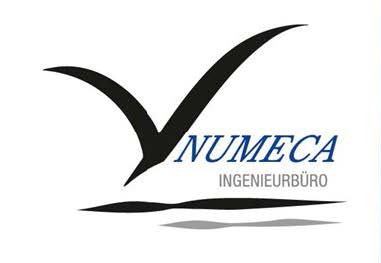24. December
Merry Christmas!
The time has finally come, and Joy is best when it is shared. Therefore, we wish you a little peace, enjoy the days with your family and recharge your batteries.
But before, you might be interested in our “GAMMA” R&D project, a joint effort by @FRIENDSHIP SYSTEMS, @MTU Friedrichshafen, the @Technical University Darmstadt and @NUMECA Ingenieurbüro over a period of 3 years. In a dedicated workshop you can get some exclusive insight into efficient geometry parametrization, (structured!) CFD-workflows and fully coupled optimization of several turbocharger components. An advanced method for the full design chain is shown, tackling various challenges like aerodynamic performance, structural reliability and manufacturing feasibility. Shout-out to all our partners!
Missed the workshop? We have it on tape:
